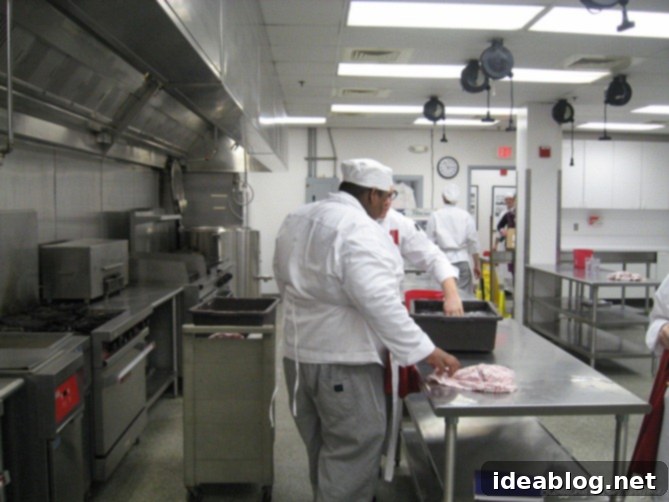Navigating the Heat: A Deep Dive into My Second Culinary School Practical Exam
As I’ve shared in previous updates, the culmination of our recent module was our second significant hurdle: a combined practical and theory exam. While my account of the first practical exam was brief, this time, I want to offer a comprehensive, detailed walkthrough of the entire experience. Consider this your exclusive, behind-the-scenes pass to the pressure cooker that is a culinary school practical.
Before ever setting foot in culinary school, the very concept of a “practical exam” was somewhat abstract to me. I had a rough notion of what it might entail, but the specifics were fuzzy. Given that every institution has its unique approach, I was truly unsure what to expect from our program’s rigorous assessments.
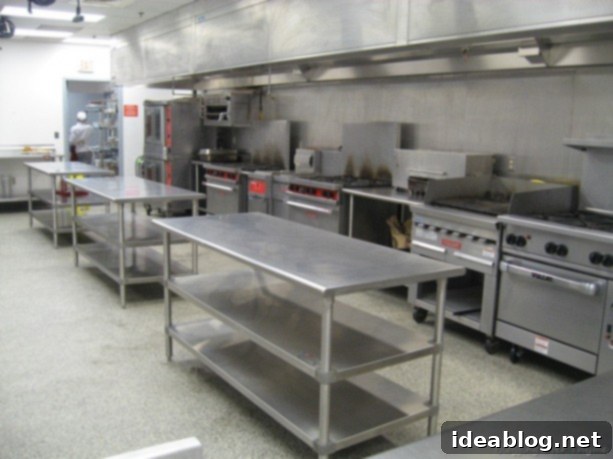
From Components to Courses: The Evolution of Culinary Challenges
Our initial practical exam primarily focused on preparing individual components, not an actual completed dish. It was a foundational test of basic skills. This past week, however, our second practical exam escalated the challenge significantly, requiring us to produce a complete three-course meal. The difference was stark, and the intimidation factor considerably higher. This transition truly highlighted the progression of our training, moving from mastering individual techniques to orchestrating a full dining experience.
Fortunately, we receive subtle hints about the dishes we’ll be expected to prepare in the days leading up to the exam. While this information offers a degree of comfort, it does little to quell the underlying nerves. For anyone curious about the inner workings of such a day, here’s a detailed breakdown of how it typically unfolds:
The Dawn of Exam Day: 6:00 AM – 7:00 AM
The exam day begins long before the first ingredient is prepped. Before class officially starts, we gather to meticulously set up the classroom for the intense session ahead. Each student operates independently, fully responsible for the organization and cleanliness of their designated workstation. To clearly delineate our individual territories, each table is precisely divided in half with tape. Essential everyday items such as salt, butter, cutting boards, and a utensil holder are allowed to be pre-set. Every other piece of equipment or ingredient required throughout the exam must be retrieved by us as needed, emphasizing resourcefulness and efficient planning.
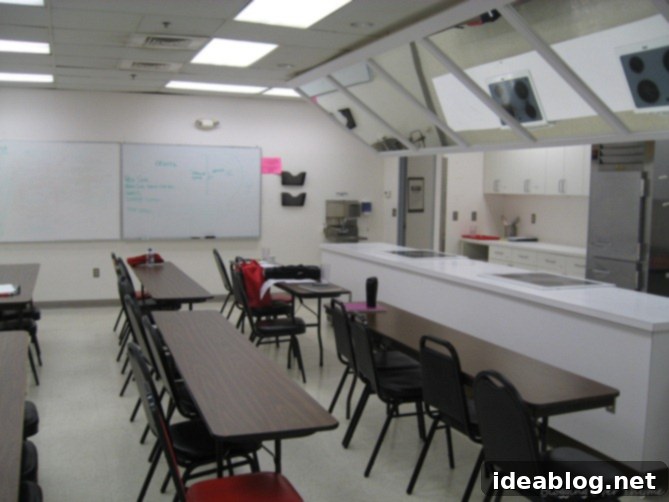
Briefing and Battle Plan: 7:00 AM – 7:30 AM
At 7:00 AM, we all converge in the classroom for the day’s crucial briefing. This is where the chefs outline the exact menu and grading expectations. We also submit our recipe notebooks for evaluation—a weighty task given that this latest submission alone contained 82 new recipes. In a mere eight weeks, we’ve accumulated an impressive collection of over 139 recipes, a testament to the fast-paced and comprehensive curriculum.
Given the increased complexity of this practical exam, involving numerous components and advanced techniques, the whiteboard quickly filled with our detailed grading criteria. For each of the three dishes, we are assessed on multiple critical elements, including consistency, temperature, execution/technique, presentation, and seasoning/taste. Each of these components requires precision and a deep understanding of culinary principles. Consistency, for instance, isn’t just about texture but uniformity across all servings. Temperature is paramount for both safety and optimal flavor. Execution and technique evaluate our proficiency with fundamental skills, while presentation speaks to our artistic flair and attention to detail. Lastly, seasoning and taste are the ultimate judges of our palates and ability to balance flavors.
Once we complete our cooking tasks, we notify our assistant, Ashley, who logs our names onto a board at the front of the kitchen in the order of completion. Since everyone inevitably finishes their dishes around the same time, the board can fill up remarkably fast. This introduces one of the most challenging aspects of the exam: the “holding” period. During this time, we must skillfully manage our finished dishes, keeping them perfectly hot and fresh without overcooking or allowing them to dry out, all while awaiting the chefs’ individual evaluations. It’s a delicate balance that demands acute awareness of heat and time.
By this point in the morning, my stomach is typically a knot of nerves. After the menu is thoroughly explained and our strict deadline—three hours to complete the entire menu—is announced, we quickly grab our knife rolls and make our way into the bustling kitchen.
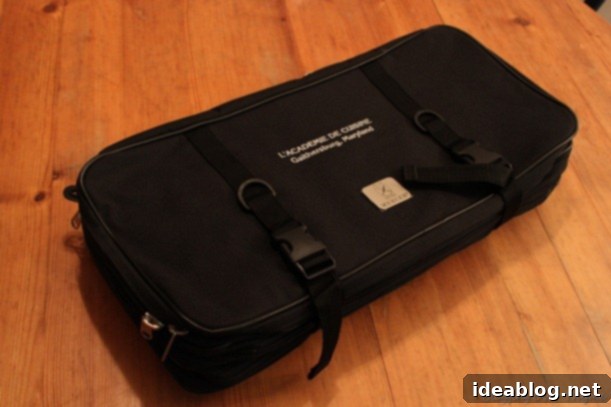
The Heat of the Kitchen: 7:30 AM – 10:30 AM
The moment we enter the kitchen, it’s a flurry of controlled activity. My first strategic move is always to head directly to the dish and equipment area to gather everything I’ll need for the day’s menu. This includes all plating essentials: plates, cutlery, glasses, and napkins. I secure these items, storing them safely on the bottom shelf of my worktable, out of the immediate workflow but readily accessible when the plating rush begins.
It’s truly remarkable how much more organized and efficient we’ve all become since those initial, somewhat chaotic days of preparing simple dishes like French onion soup and basic salads. Back then, we often found ourselves scrambling for crucial items at the last minute. Now, I understand the paramount importance of meticulous planning to ensure the final 30 minutes of service, which are invariably hectic, unfold as smoothly as possible. Postponing small but vital details until the end is a recipe for disaster.
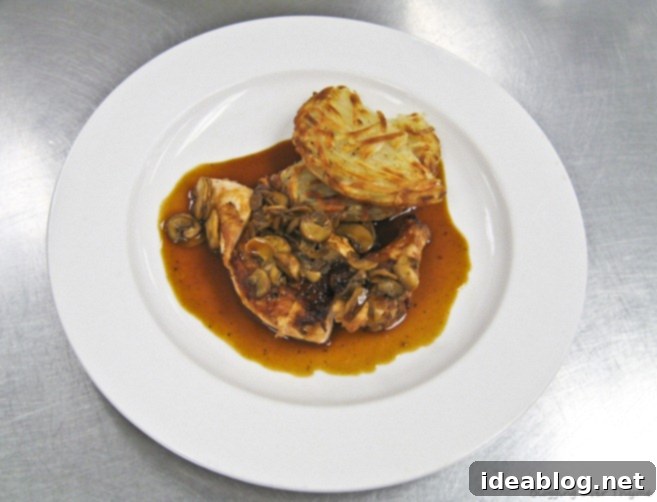
Our primary focus at the start of the cooking period was assembling the comprehensive mise en place for our main course. This involved precise chopping, measuring, and pre-preparations, laying the groundwork for a smooth cooking process later on. A well-executed mise en place is the backbone of any successful professional kitchen, and even more so in an exam setting where every second counts.
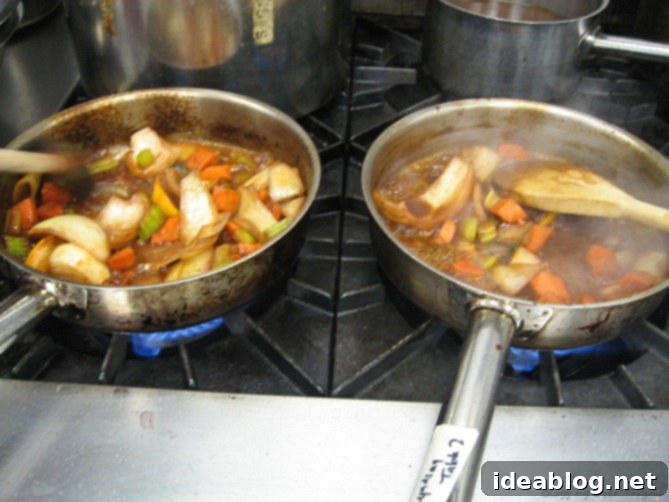
(While not taken on exam day, this image accurately represents the concept of meticulous ingredient preparation for our practical.)
Another item I prioritized early on was our first course soup. Thankfully, soup is a dish that can be prepared and then held aside until service, reducing immediate pressure. While it offered a brief respite, preparing it still demanded careful attention to detail, ensuring perfect consistency and seasoning—qualities that are often subtly challenging to achieve.
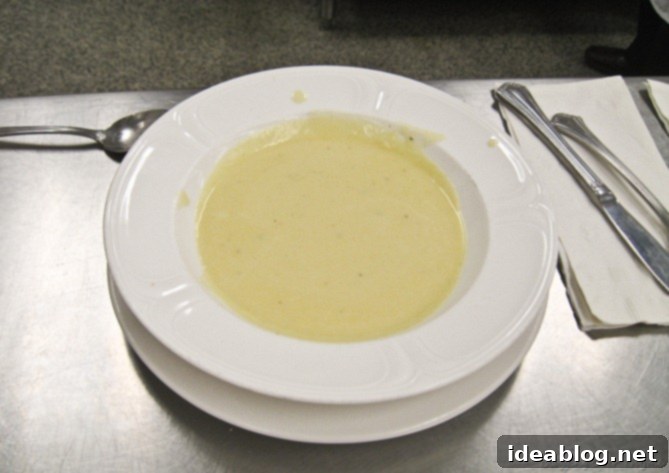
Practical 2: 1st Course Soup – photographed shortly after the chefs began their evaluation.
Though three hours might sound like a generous amount of time, in the intense environment of a practical exam, it passes by incredibly quickly, often feeling like a fraction of that duration.
The Final Rush: Overcoming Obstacles Under Pressure
True to the pattern of all practical exams, the first two hours generally proceeded quite smoothly. I initially felt organized and confident about the remaining time to finish and plate everything. However, without warning, a quick glance at the clock revealed a stark reality: only 45 minutes remained until the deadline, and I still had a substantial number of components left to complete. This is arguably the most nerve-wracking period of the entire exam, where mental agility and swift execution become paramount.
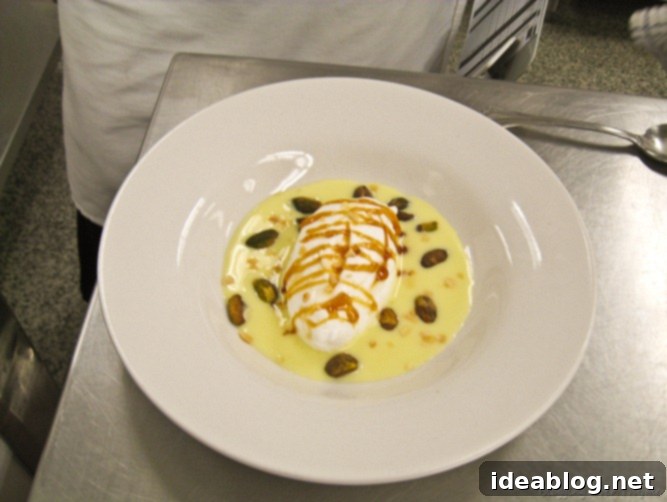
Practical 2: Dessert (Floating Island) – a visually delicate and technically demanding dish.
My biggest concern at this stage was my protein. Although I had already seared it, it wasn’t cooking through quickly enough in the oven. Crucially, I also needed to allocate sufficient time for it to rest properly before slicing and serving. Fearing I might overcook it in my haste, I made a snap decision: I grabbed another sauté pan and seared the protein again on both sides to accelerate the cooking process. This improvisation, born of necessity and quick thinking, was a pivotal moment in managing the time crunch.
With the protein crisis averted and the rest of my dish components completed (barring final plating), I called out my name, landing as the third student on the evaluation list. Then commenced the agonizing waiting game, juggling multiple finished dishes and meticulously maintaining their optimal temperature and quality.
Thankfully, my frantic efforts paid off. I managed to pull everything together just in time, finishing third in my class with approximately 7-8 minutes to spare before the official deadline. The next phase was the moment of truth: the chefs’ evaluation.
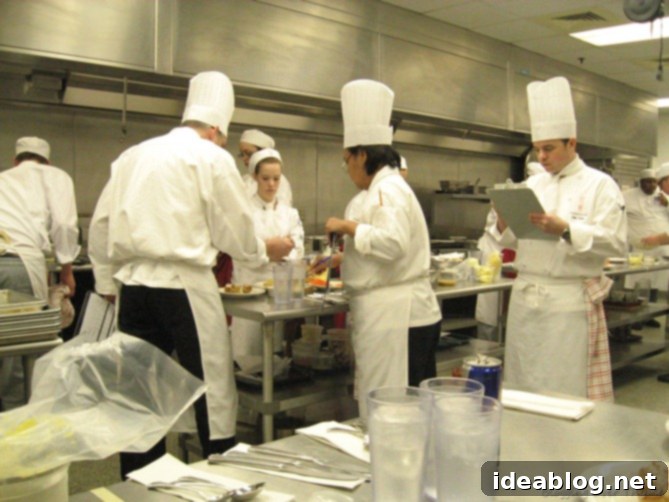
Evaluation and Reflection: The Practical Results
As Chef Brian and Chef Somchet approached my station to evaluate my dishes, I wasn’t entirely certain how I had performed. A sense of relief washed over me regarding my protein, especially considering the last-minute scramble and improvisation required to cook it perfectly. My soup felt relatively good, and I was quite confident in my dessert’s execution. It’s a moment of vulnerability, laying bare hours of effort for expert judgment.
Overall, I was incredibly pleased with my performance on this exam. While I was happy with my first practical results, I had been quite critical of my mistakes on that previous occasion. This time, achieving a satisfying outcome felt like a significant personal victory and provided a welcome sense of accomplishment at the end of the day.
Adding to my satisfaction, both chefs complimented my keen attention to detail in presentation. This feedback was particularly rewarding, as presentation is an aspect of cooking I genuinely enjoy and strive to excel in. It’s not just about taste; it’s about the entire visual experience of a dish. We eagerly await our official grades, which will be announced next week.
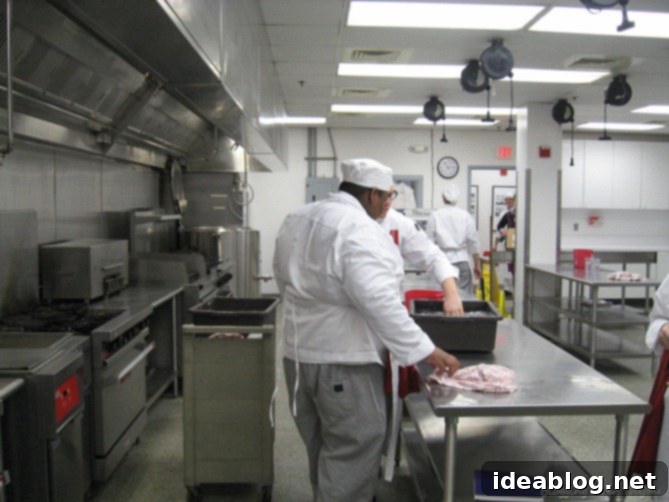
Beyond the Stove: The Theory Test
After the demanding practical segment, which included thorough cleaning of our workstations and the kitchen—a task that also contributes to our overall exam grade—we took a much-needed short break. This respite was crucial before transitioning to our second theory test. Fortunately, this academic portion also concluded on a positive note, as I left feeling confident in my answers and understanding of the material. The day demanded both physical and intellectual stamina, a true test of a budding chef’s comprehensive capabilities.
Conclusion: Lessons Learned from a Culinary Journey
Participating in and reflecting on these monthly practical exams offers an invaluable insight into the demanding yet incredibly rewarding journey of culinary education. Each exam is a crucible, testing not just our technical skills but also our adaptability, time management, and ability to perform under immense pressure. From the meticulous mise en place to the frantic final plating, every step reinforces the lessons learned in class and hones our instincts as chefs.
This second practical exam, with its three-course menu, was a significant leap from the first. It pushed my limits and highlighted how much I’ve grown in a relatively short period. The experience reaffirmed my passion for cooking and the satisfaction that comes from creating something beautiful and delicious, even under the most stressful conditions. The positive feedback on my presentation was a wonderful affirmation that the artistic side of cooking, which I cherish, is also being recognized and refined.
For aspiring culinary students, I hope this detailed account provides a realistic glimpse into what awaits you. Embrace the challenges, learn from every mistake, and never underestimate the power of thorough preparation and quick thinking. The kitchen is a demanding teacher, but its lessons are profound and enduring.
I hope you all enjoyed this behind-the-scenes peek into our intense practical exams. Wishing everyone a fantastic rest of the weekend!
